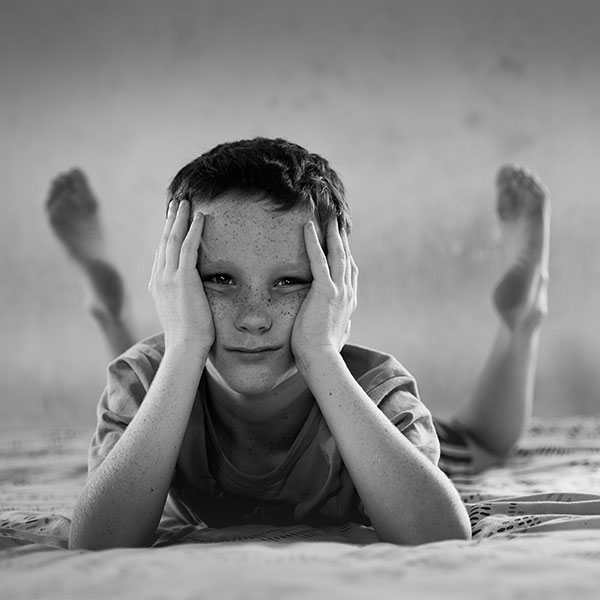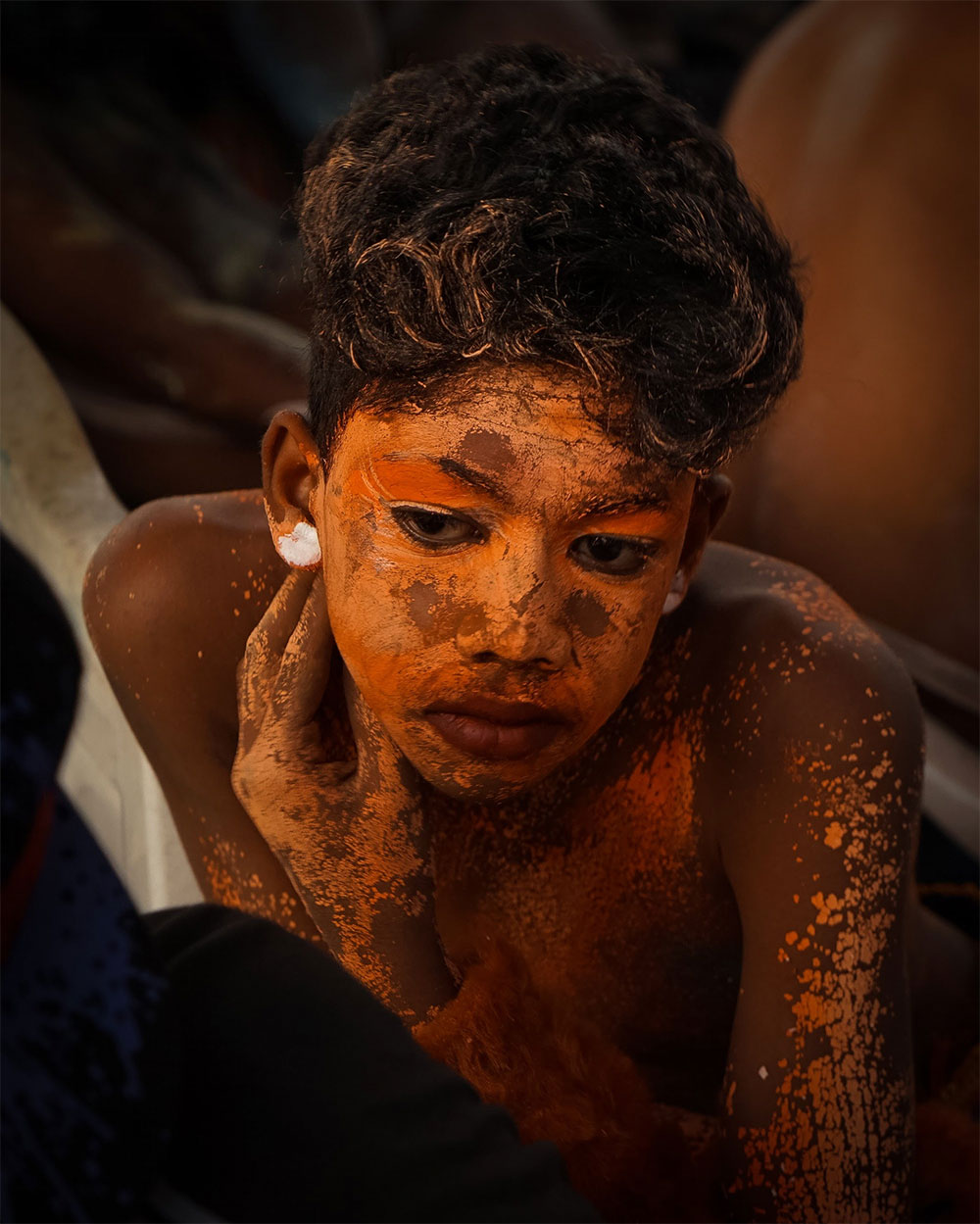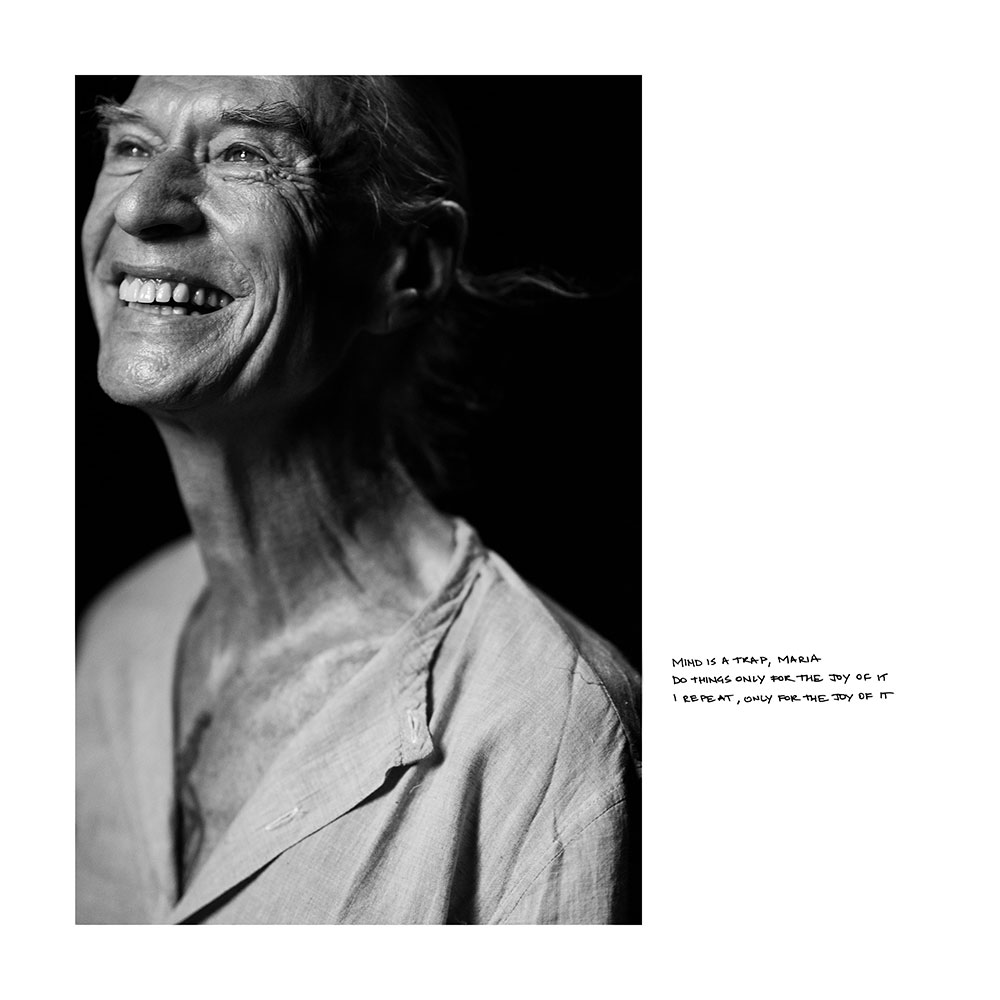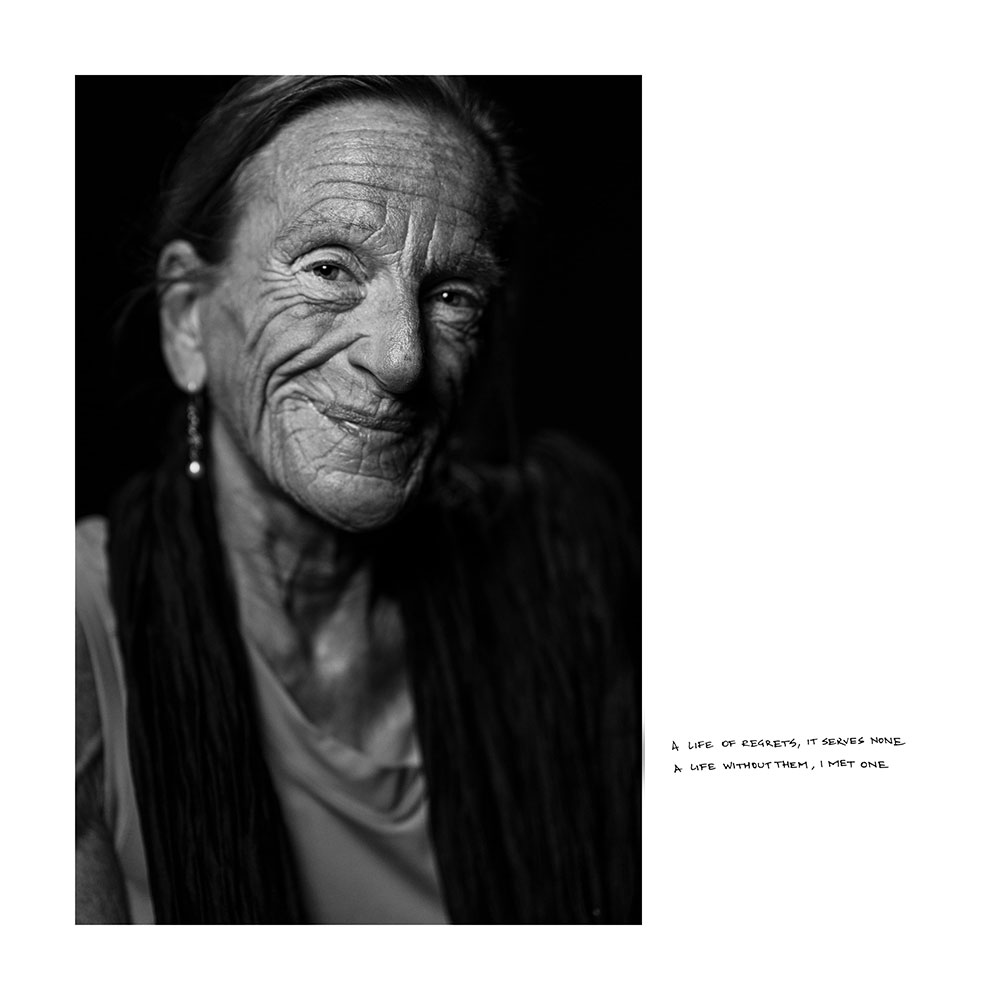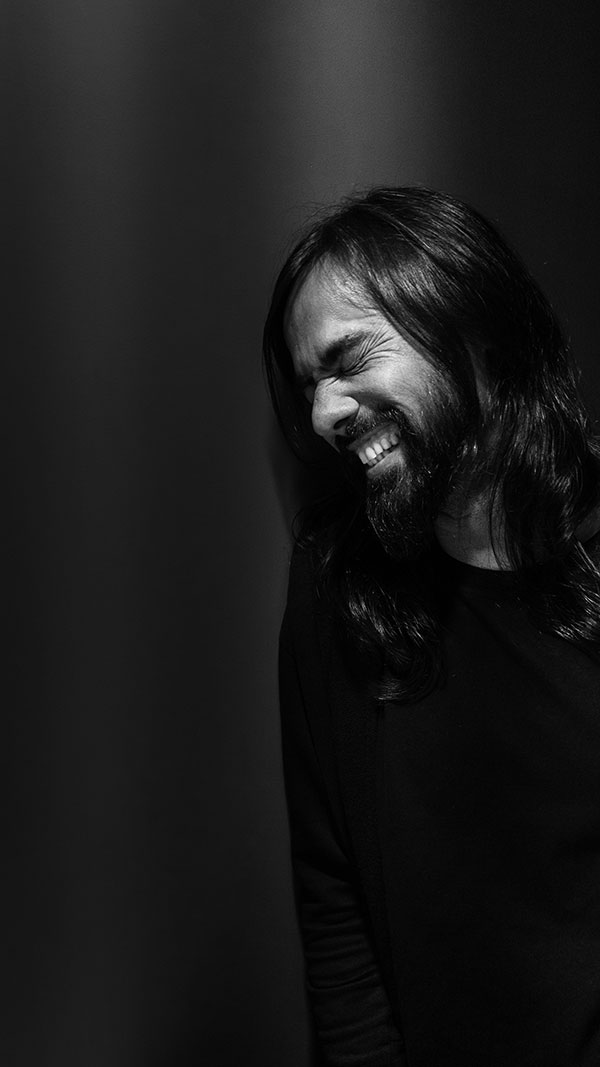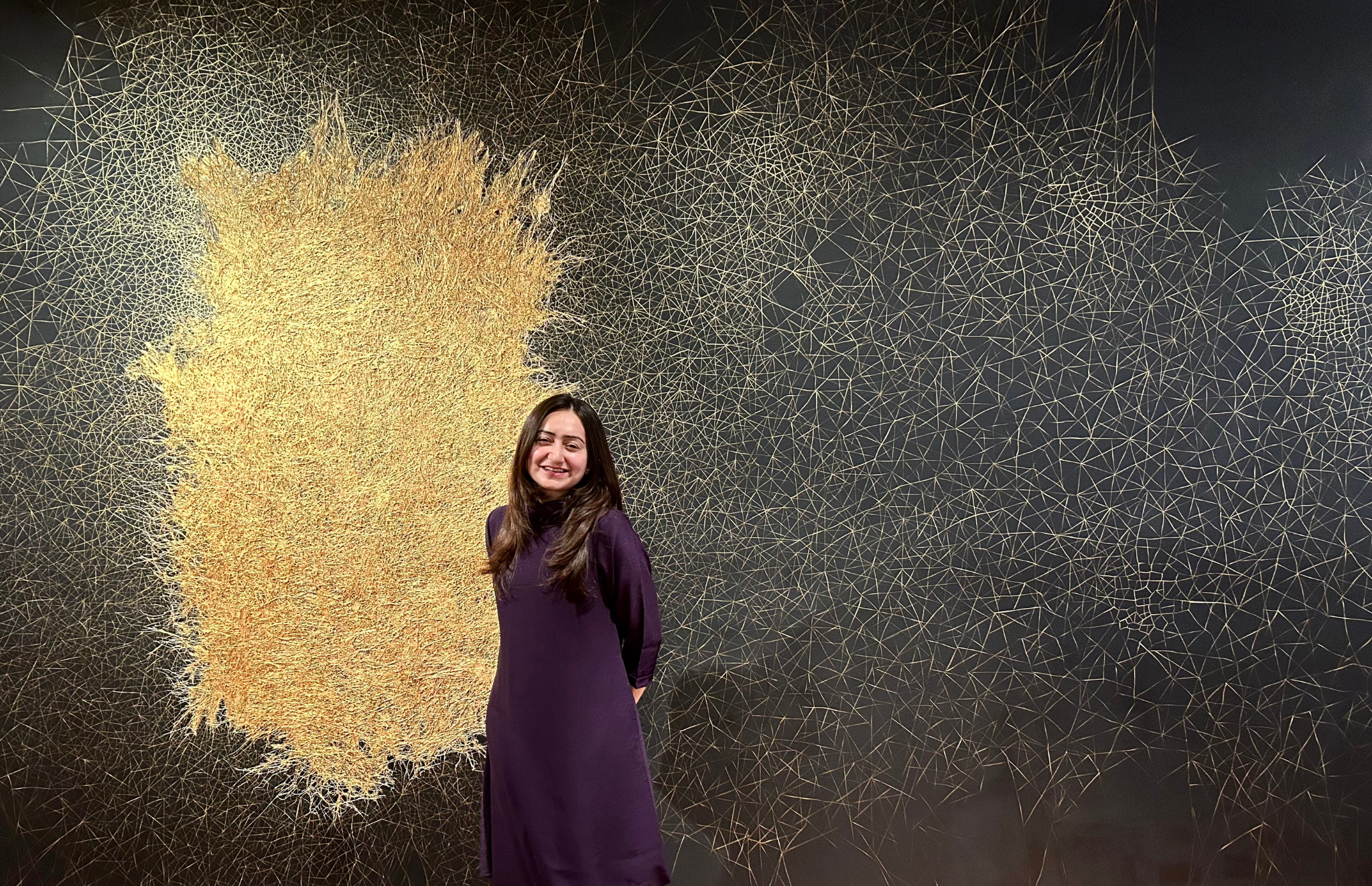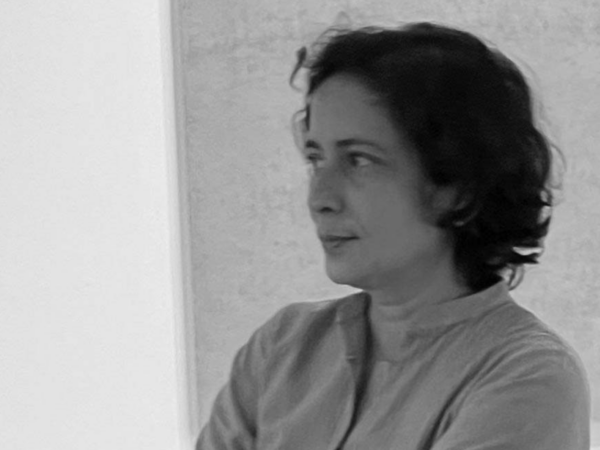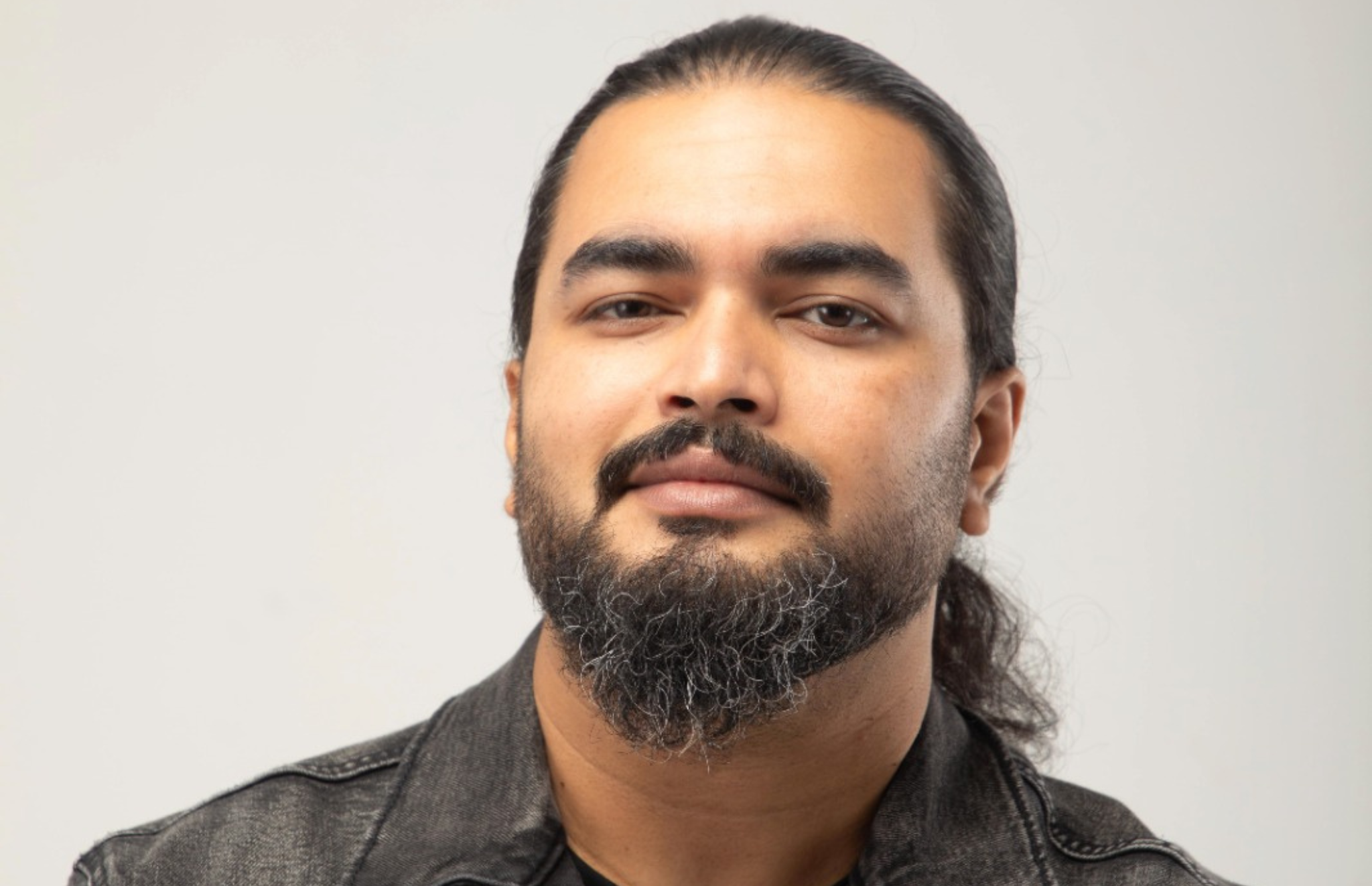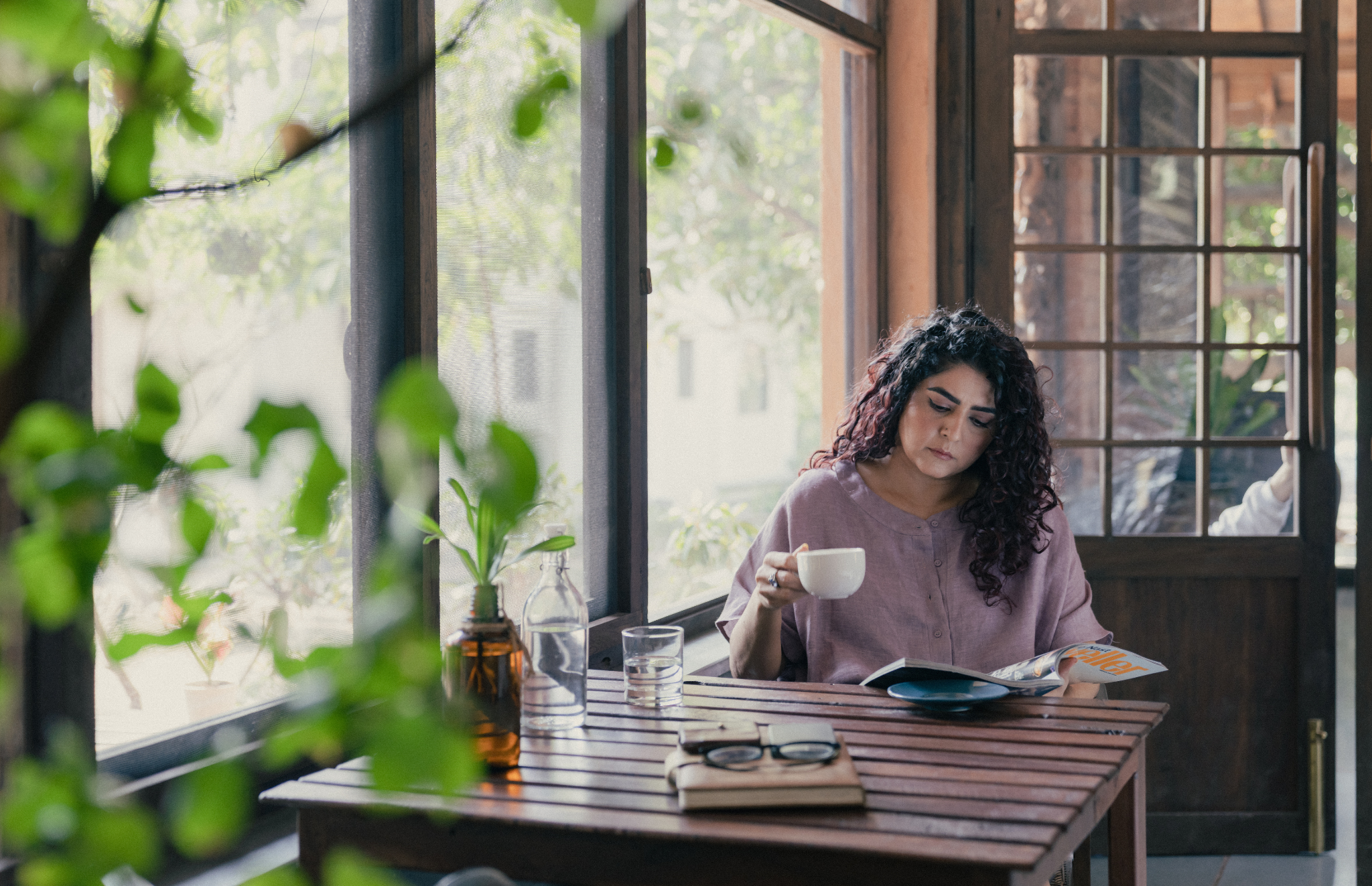Maria Philipose expresses herself through photographs and words. Her visuals and words have populated billboards and luxurious properties in Asia for over 20 years. She is the founder of White design; a branding, advertising and design studio, opening 42 International hotels for the Marriott Group of Hotels, Hyatt Group, Fairmont and others. She spent her early career in advertising with Ogilvy Singapore.
SP : What were your preliminary inspirations? Tell us about your early education.
MP : I grew up in Delhi, went to a delightful convent school, had all the rights and wrongs of being indoctrinated, whilst my book shelves filled with a fierce seeking and intellectual rebellion. Conversations with my father were always of art, films, and architecture. He and I once got into a passionate debate over the design of the British Embassy in Delhi and didn’t talk the entire ride back home. A catholic childhood meant strong visual influence of Renaissance artists; thrown in the mix was surrealist Dali’s tearing at the norm. I have a lot of memories of being bored sitting on the steps of Delhi’s Kala Niketan, after staring at the works for hours, waiting for my parents to get done. During my University years, I developed an interest in contemporary Jazz, but a favourable academic record compelled me towards an MBA. My Early work life was at Ogilvy Singapore. I returned to India, to start my design and advertising studio White. We opened over 42 Marriott and Hyatt Hotels. My days were crazy. Travel, crazier. I loved it, but the need to take time off for silence was becoming frequent. And it was time. I knew I was done with responding to briefs, ticking bucket lists. It was too easy. I wanted to do something, where I was a nobody, and I know nothing. There was an urge to walk into a dense unknown forest, one where I knew the way in my gut.
My earliest memory at age twelve- Bored at a dinner at my parent’s friend’s home, I encountered a coffee-table-book of Sophia Loren by Sam Shaw. I found myself drowning in those images and commentary for hours and couldn’t bear to keep it down. When it was time to leave, I left it politely. It was a foreign edition, there was no way I could get it back then. By the time we reached the car, Aunty Shiela just came by and gave the book to me to keep. Since then, it has travelled with me to every part of the world I have made home. Those are the kind of pictures I still love to take; portraits, people at home going about their day, myself, and a fly on a wall. Years later my sister gifted me Richard Avedon’s ‘Woman in the Mirror.’ I was once again drawn to the images.
SP : Why and how did you decide to pursue the profession of an Artist?
MP : I didn’t decide. It became so, the only way to be. There are moments in our life, in all our lives, when we are truly with ourselves. Our stories, aspirations, they all are coloured and conditioned in their appearance. Over the time, watching them, responding to their urge to express themselves became an urgency. It is the attempt to understand myself in the world I live in. Perhaps, it is an offering of my frailties.Life as I knew, it felt like a routine. A heady routine. The curiosity of what these moments held, became the only worthwhile pursuit. I don’t know if I will call it the profession of an Artist. If using my words and visuals to express this curiosity and exhibit them is an Artist. Then perhaps I am. At the core of it, it is about ‘then’, when you decide to be unafraid.
SP : What is photography to you? Is it a sight (a faculty of seeing) or a vision (a faculty of being)?
MP : Photography is a tool. The attempt is merely to respond to any inner curiosity, the undeniable beauty of the stories that unfold in front of me, and compel me to capture them – to live them a little longer. Photography is often my access pass to enter peoples’ lives, to connect with their being. So I may know my own. Our sight is merely the screen, the picture is always from our being. It drives us to that frame, to recognise it and to capture. It is so consuming that one cannot resist it. Magic happens when there is no ‘them’ or ‘me’, when the otherness dissolves, each time, every time. It happens with flowers, with coffee mugs, even with the shadow casts on blank walls.
SP : According to you what is the significance of editing in photography?
MP : When one takes a photograph, it is to capsule what one sees. But we see not just with our eyes, but with our entire being, filters of our perception, cognitive layers and our sensory interaction. The photo can draw you in with its sheer compositional value, but to make it emote, a bit of editing is an enabler. For me, I keep it to a minimum, a five second’s job and most often not at all. My stories are there, in front of my eyes. It is about working the faculties of my camera: an extension of myself. In that moment it helps me get to that emotion.
SP : As an artist where do you seek inspiration from?
MP : I believe that the world is bursting with inspiration. It is in everything, when we are willing to see it. However, it is more a realisation of who you have been, who you are. It is about every thought you have had, every experience you have sought, every heartbreak, every achievement, the excited banter, the vast silences and so on. I suspect for me that my interest in design, culture, fashion, music, museums, philosophy, physics, mysticism; have all left their residue. It will be myopic to claim my inspiration in any one or few things. It is my way of being. After all, a glass of water, or a shy smile may as well trigger a concept and the urge to pursue it.
SP : Do you have any technical strategy you follow while clicking pictures?
MP : Although I don’t like to lock things in, though technical planning has its own advantages. My focus is on the subject, the story, the feeling. I don’t think of it as a strategy. I work with continuous light. The flash jolts me out of my moment. I tend to use natural light or one source. There is an internal dialogue when I plan a shoot which further dictates the lens. And then, it is like making love. It is never really the same. You have to be present each time, responding in real time with the subject; letting go of all you are, in that moment. Then there is creation of something special that cannot be recreated. That’s the high.
SP : How do you decide your subjects for photography?
MP : Good question. I would like to say that they call me and when they do, I just know. When one is connected with the very being; you are led to the process and the search. I have no rules of physical details. Initially, if I saw a pattern in the way I would choose my subjects and would deliberately break it. Now, I have learnt to trust and let go. We all want to be seen, to be loved and to be accepted. It gives me great joy when my subjects are seen. I have enjoyed people who are open and comfortable in front of the camera, as much as those are not. Rarely have I photographed someone and felt it lacking. I think I love strangers, people I know nothing about. Such unknown space allows them to create themselves right there and be whoever they want to be. How they speak of themselves, what they choose to say, is the part I enjoy the most. My photographs happen meanwhile, on the side, just casually.
SP : What is the weight of technicality in the photographs?
MP : It surprises me when people comment favourably to the technical aspects of my work. For me it is about the emotion, the moment in the picture. Talking about technicality, while looking at a photograph is a bit like being mesmerised by a falling star and talking about how it is a short lived trail of a meteoroid. Of course, an understanding of technicality to express your idea is important. It has to do the job, there is no denying. However, for me, it must not overshadow the emotion. To truly see, the mind needs to get out of the way. Technique belongs with the mind.
SP : Any ongoing project or obsession you would like to tell us about?
MP : I drew faces for six months before taking portraits for ‘Notes from the Black Room.’
Now I have been drawing bodies for months. The year 2020 opened a new portal.
From ‘faces’, my interest in bodies grew richer with masked faces. There has been an undeniable brush with solitude and silence, universally. This emptiness seems to have a texture, unique to each person. Therefore, it isn’t empty, even loneliness is filled with memories and expectations. It is a process of the self, within and in context. I am watching it unfold, working on ways to capture this void that is so full. There are so many ways to do it, digging deeper.
In the last year, working with people aspiring for creative expression, through a series of workshops on finding their voice, has been particularly enriching. This is something I plan to continue.
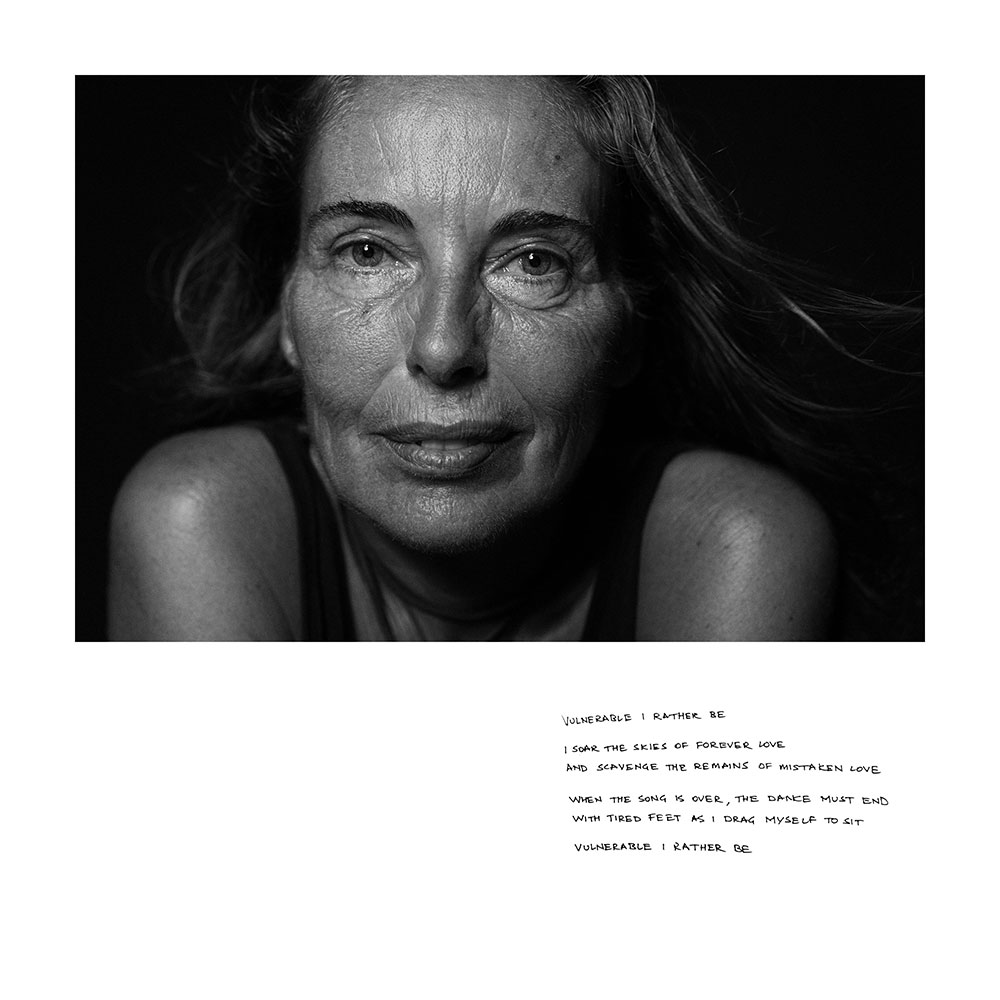 Notes from the Black Room, 2019
Notes from the Black Room, 2019
Image Courtesy: Maria Philipose
Find more about the Artist:

